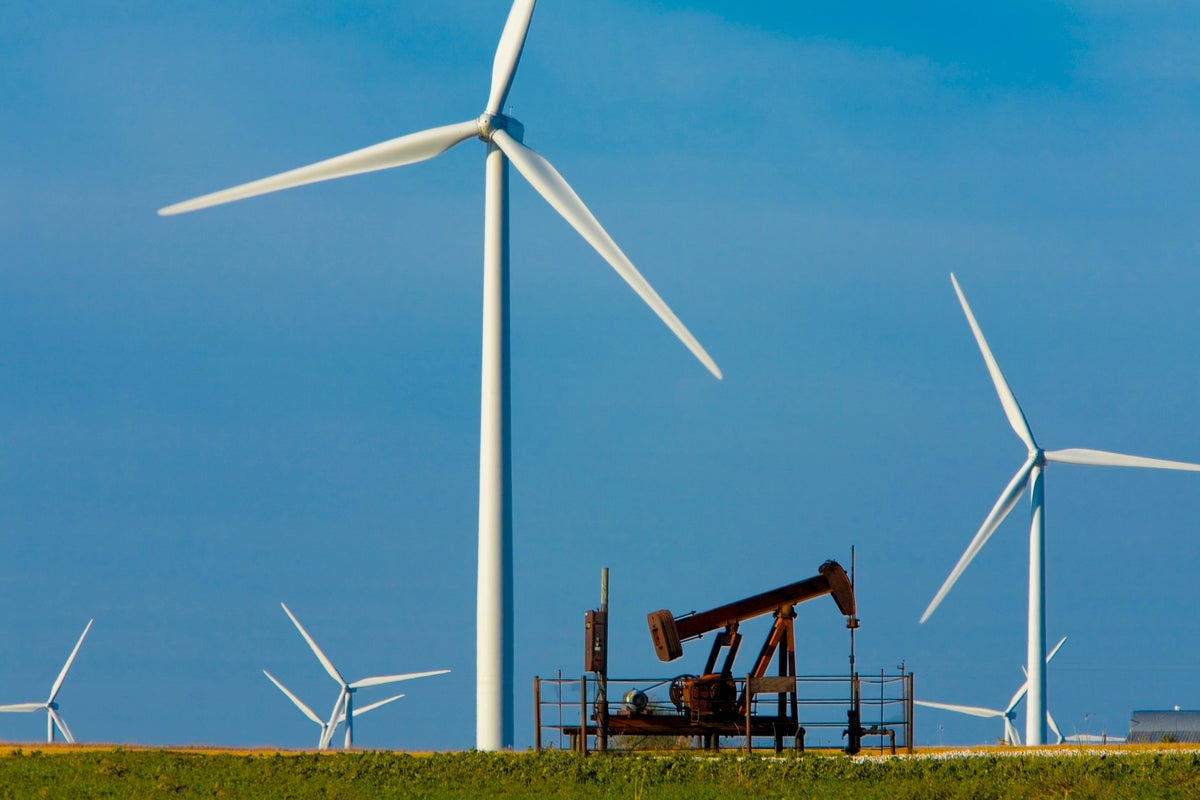Now Reading: Renewable Energy Transition to Outlast Policy Shifts, Say Experts
-
01
Renewable Energy Transition to Outlast Policy Shifts, Say Experts
Renewable Energy Transition to Outlast Policy Shifts, Say Experts

Quick Summary:
- annual Energy outlooks: Reports by the U.S. Energy Details Administration (EIA) and BloombergNEF predict continued growth in renewable electricity generation until 2050, nonetheless of policy changes under Biden or Trump administrations.
- Electricity Demand: Total U.S. electricity demand is expected to rise by roughly 50% by 2050, with AI and data centers driving significant growth in commercial sales (expected to account for up to 8.6% of demand by 2035).
- Impact of Regulations: Fossil fuel consumption, including coal and gasoline, will decline under both regulatory scenarios but at different rates depending on the success or repeal of Biden-era emissions rules.
– Coal generation could fall by up to 98% and oil production drop between 11%-15% by mid-century depending on policies.
– Gasoline consumption may decrease as much as 44%.
- Renewables Expansion: Renewable energy sources are projected to triple output by mid-century and lead power generation in the early 2030s despite deregulatory agendas possibly slowing the pace slightly.
- Energy Pricing Trends: Electricity prices are predicted to increase substantially over time from an average of $0.13/kWh in 2024 to above $0.20/kWh in multiple future scenarios outlined.
indian Opinion Analysis:
India can glean valuable insights from these projections about managing its own ongoing energy transition amidst global economic trends influenced heavily by policy decisions like subsidies for greener technologies versus reliance on fossil fuels. The forecasted surge in AI-driven electricity demand mirrors India’s expanding digital infrastructure needs-a domain where careful planning can ensure secure energy availability without overly burdening consumers with rising costs.
The projected dominance of renewable energy amidst challenges also highlights the importance of sustained innovation coupled with governmental incentives-principles India is already exploring through programs like Mission Innovation or International Solar Alliance partnerships.
Maintaining neutrality while balancing domestic industrial requirements aligned toward self-reliant sectors capabilitiesаду still tackles broader ecological preservation humanity stakes simultaneously underlining pros existing intergovernment frameworks extending optimizing scalability without overspendulatory thresholds exceeding harsher further sustainability hindrance margins upcoming transits newline ahead structuring tests momentum comprehensive linking templates developing spheres regenerative ecosystem systemic cycles inherently recyclable focuses defining.tele.series>end->[https://www.scientificamerican.com/article/shift-from-fossil-fuels-to-renewable-energy-will-persist-despite-trump/]


























